FREE Shipping on Orders over $89 with Account – Create One Today!
- (844)-859-9400
- Get Help
Showing 1–16 of 132 results
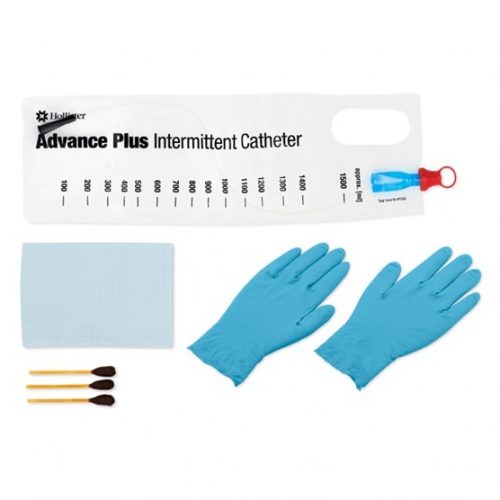
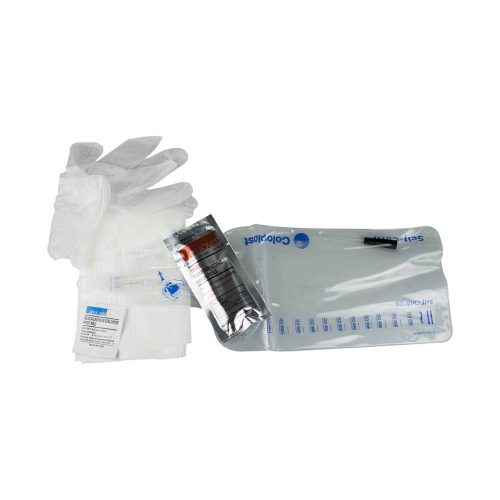
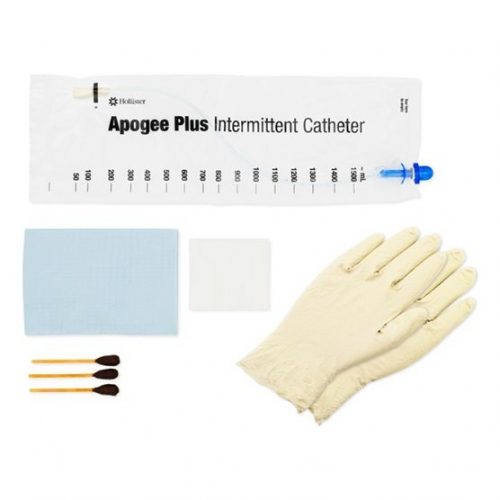
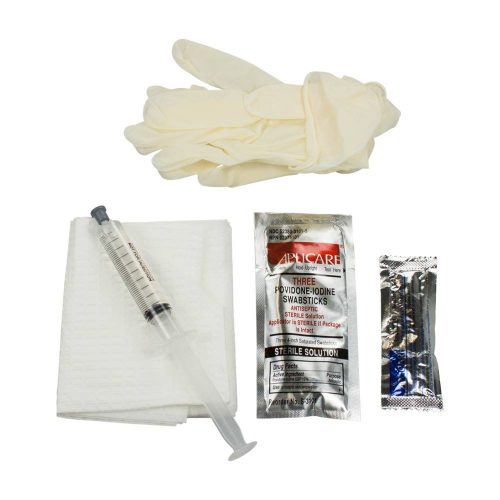
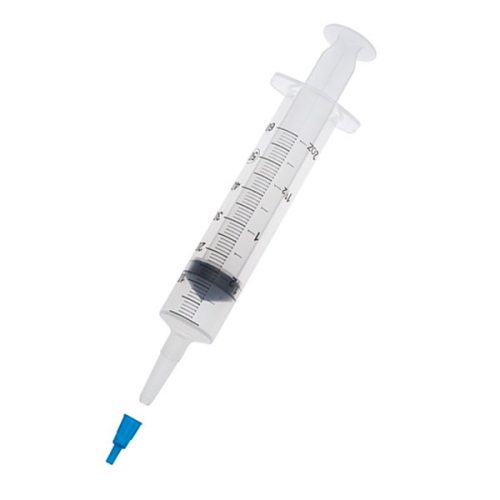
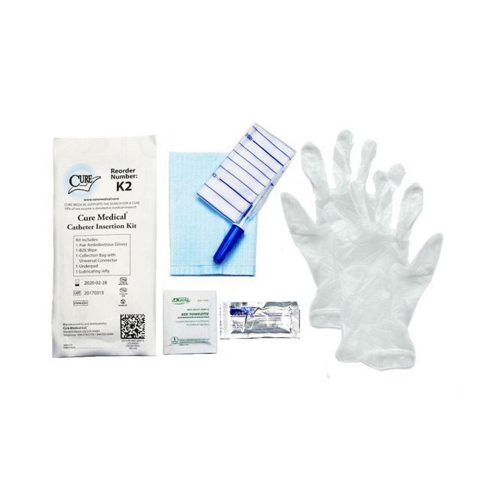
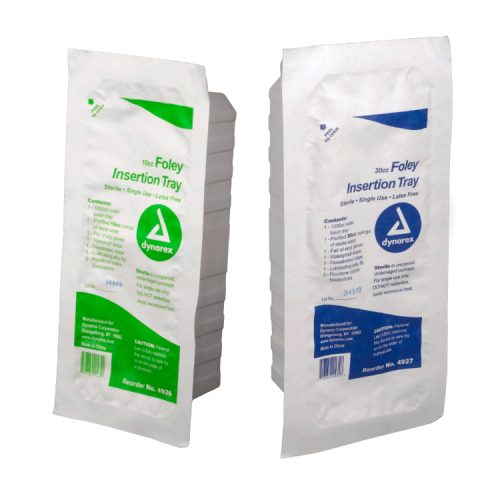


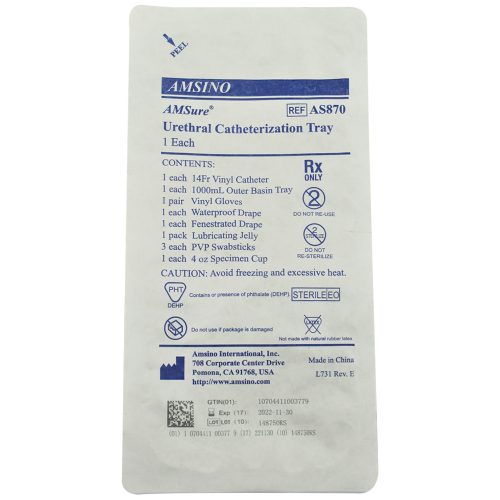
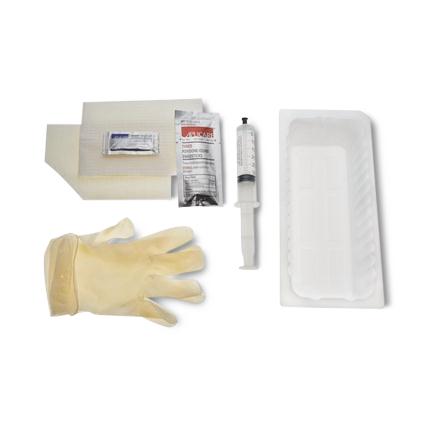
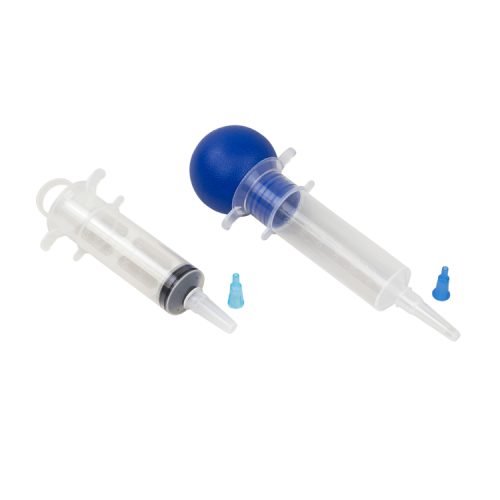

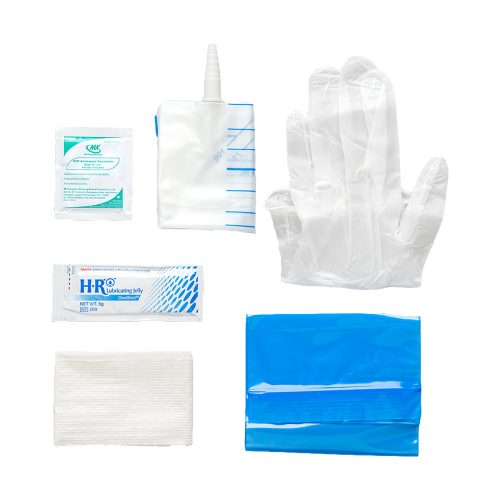
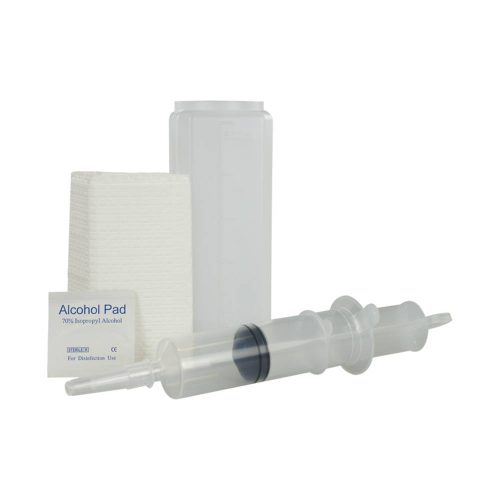
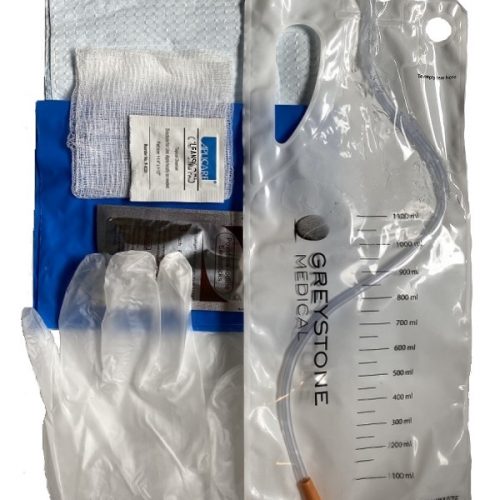
Insertion kits include everything a patient or caretaker needs to easily apply a catheterization system or complete catheter irrigation in an at-home setting.
Kits are available with or without a catheter and come with all supplies to insert the device safely and cleanly and later remove it without issue.
With options for intermittent and Foley catheters, insertion kits typically include gloves, a lubricant, collection devices and swabs.
Catheter insertion and removal involves cleaning the area and then safely and easily inserting the system for use throughout the day.
Later, the same supplies come in handy for removing the system. However, finding all supplies proves to be time consuming. Catheter insertion kits offer an efficient solution by packaging all essentials together.
Catherization kits and insertion trays typically include:
Within a kit, catherization supplies may be organized by the order in which they’re required for the procedure, with preparation supplies in one compartment and those for insertion in another.
Insertion kits and trays are available for the two primary types of catheters: intermittent and Foley.
Foley catheters: This catheterization system assists with the drainage and collection of a patient’s urine. Because it remains in the patient’s bladder via the urethra, the system may also be referred to as an indwelling catheter and includes two individual channels: one in the bladder and the second that allows urine to accumulate in a leg or bedside drainage bag. For flexibility, latex or silicone is typically used for Foley catheters. Shop Foley insertion trays with and without a catheter.
Note: Self-administering of a Foley catheter should first be approved by a doctor before a patient attempts this process at home.
Intermittent catheters: This system is used for temporary catherization, often needed to help drain the bladder of a patient living with urinary incontinence or another bladder issue. Intermittent catheterization systems come in three basic types:
Shop all types of intermittent catheter trays with and without a catheter.